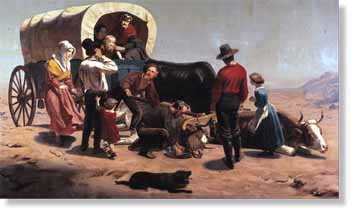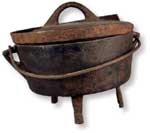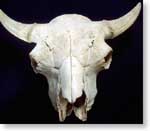








 
|

|
  
Across Land

Click icon to hear
Overland

Many of the immigrants who rushed to
California from the eastern United States, Canada or Mexico chose to come by land. The
journey was long, hard and dangerous--a six to nine month trek--and it meant parting from
family and friends. Immigrants crossed the continent in great numbers--at least 32,000
walked overland in 1849, and another 44,000 came in 1850. The "forty-niners"
recorded the challenges, hardships, struggles, and dangers they encountered. Gold fever
was quickly diminished by the harsh realities of the trip. Equipment and cherished
personal objects were cast aside in a desperate struggle to survive.
 
If cholera, exhaustion, starvation, or the on-set of winter in the Sierra didn't claim
them, the argonauts arrived in the foothills of California only to discover that most of
the easy placer gold had already been picked up. But they had survived, and new
opportunities awaited them.
Top: Crossing the Plains, by Charles Nahl,
Collection of Stanford University
Left: Cast Iron Cooking Pot, 1850, Collection of Oakland Museum of California
Right: Skull, Photo by Joe Samberg
|
 |